
Contemporary Architecture
What is Contemporary House Design?
Contemporary house design is an architectural form that embodies various styles of architectural design that have been widely influenced. Contemporary architecture is different from the modern architecture of the late 20th century, including ecological features and varied creativity. In addition to adopting different styles and influences, contemporary house design also uses the latest technology and materials.
Explore the latest trends in house styles contemporary, where clean lines and innovative designs redefine modern living spaces.
Difference between Contemporary architecture and Modernist Architecture
Modernist architecture is just one type of architecture that is popular today, usually with simple straight lines, monochromatic color schemes, and minimal decor. On the other hand, contemporary house design incorporates whatever architecture is popular today (may or may not include modern architecture). For example, a modern house design can take on a traditional look with a craftsman style and a modern open floor plan, with the master bedroom on the main floor.
Ventilated outdoor living spaces, open layouts, and large windows that contribute to indoor/outdoor flow and energy efficiency are often prominent elements in contemporary home design. House styles contemporary represents a fusion of various architectural styles, embodying the essence of modern house architecture.
Principles of Contemporary Architecture
Unconventional volumes

The use of curves allows you to create spaces that are not simple cubes, just like straight lines. Clean lines, open spaces, and uncomplicated decor are trademarks of house style contemporary. Curves often induce a sense of flowing winding routes, opening up endless possibilities in terms of house architecture modern.
Open floor plans
Another unique element of contemporary house design is the trend of open and bright spaces. Instead of using walls to define every room in a building, architects prefer open-plan rooms that flow from one to the other.

We no longer go through the door to the kitchen or dining room. Today, you will have a large space with subtle features, such as curved walls or slight changes in the shape of the room, to designate what was once an independent space. It also complements the extensive use of glass. Architects are using larger glass doors and windows to eliminate the boundaries between rooms, as well as the boundaries between indoor and outdoor. Modern house design are even equipped with glass railings to allow light and visual flow to move freely in the house.

Today, architects are choosing flat roofs, usually with raised edges that create shadows around the property. This makes it more comfortable in the shade outside and also helps reduce the need for air conditioning to keep the room cool in summer. Building shading and natural shading for landscape projects can help reduce energy costs and reduce the carbon footprint of modern house design.

Modern house design technology makes flat roofs possible, even in climates with heavy rain or snow. Flat roofs can be made of innovative roofing materials, such as PVC or EPDM rubber (ethylene propylene diene monomer). These materials are unlikely to deteriorate due to moisture, which means you will not leak in the end.
Contemporary house architecture modern is characterized by its innovative use of materials and focus on sustainable design principles.
Large, abundant windows
A decisive feature of contemporary house design is the most revolutionary use of glass. Today, nothing can reflect luxury and tranquility more than floor-to-ceiling windows. They allow natural light to enter and create a seamless connection from the inside to the outside environment, whether it is the large windows that connect the apartment owners with the bright lights of the city or the huge windows that visually welcome all landscape elements.
Green roof
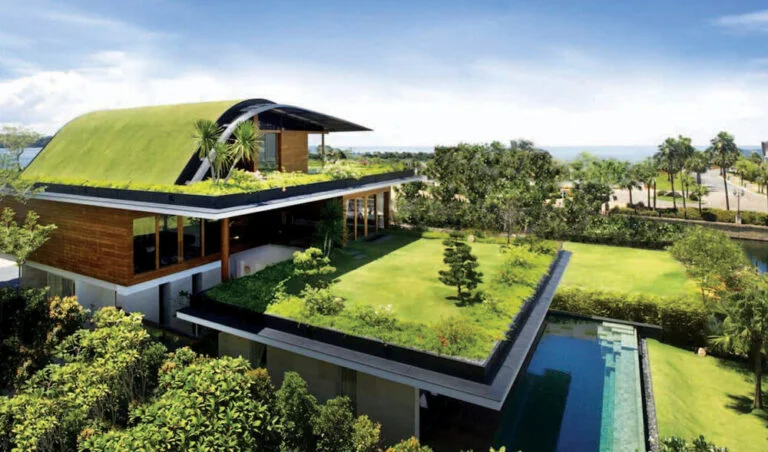
A roof with a layer of vegetation planted over a waterproof system, which is installed on a flat or slightly sloped roof. They are divided into three categories: extensive type, reinforced type, and semi-reinforced type. Extensive green roofs have shallow growing substrates (generally less than 6 inches), roof loads are moderate, plant diversity is limited, water requirements are minimal, and generally not can use. Intensive green roofs have a deep growth medium. Therefore, they have a greater structural load and require more frequent maintenance and watering. The semi-intensive green roof includes both types of features.
Integration into the surrounding landscape
The characteristic of contemporary landscape architecture is the subjective determination to shape the landscape in a space that reflects the experience of human life. These spaces are developed in accordance with nature to establish a relationship between modern house design and landscape.
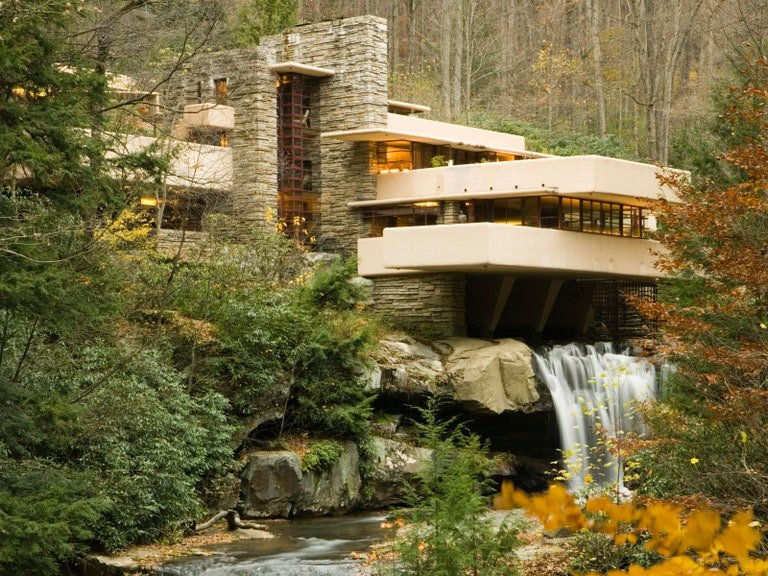
Contemporary landscape architecture can be used not only to unify the building and the surrounding landscape but also to starkly contrast the differences between the two. The exact nature of this relationship is always determined by the project itself, its location, and the type of environment in which you work.
Integrated customizable LED lighting
The benefit of LED lighting lies not only in its energy efficiency but also in its impressive long life. Although incandescent bulbs can usually only be used for about 1,000 hours, and only a few hours a day can be used for a year, LED lighting can usually be used for 50,000 hours or more, which may translate into decades at the same usage rate.
Integrated customizable LED lighting
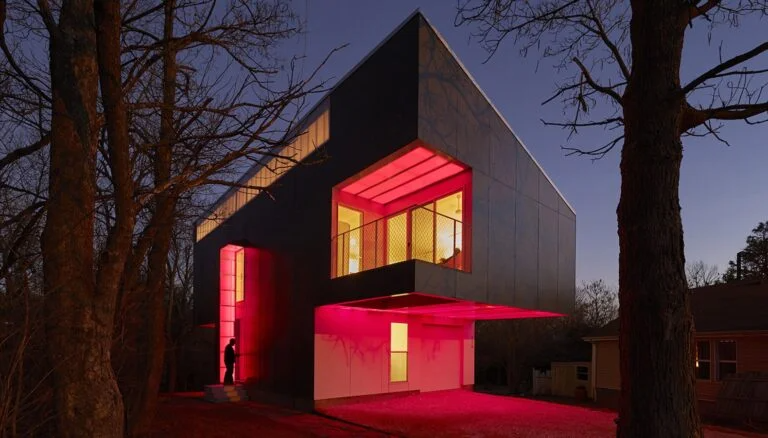
Smart Home Integration- between electric curtains, smart locks, smart thermostats, etc., smart home technology is rapidly expanding. Traditional and CFL bulbs have limited functions in smart homes and are difficult to integrate into existing settings. As a technologically advanced option, integrated LED lamps are designed to seamlessly integrate with smart home functions.
Benefits
Technological progress: Technology is constantly changing, as are the integrated LED lamps. Although the integrated LED fixtures may not seem technological, they are considered the latest lighting options available for house styles contemporary. Past innovations have vastly improved the sustainability, efficiency, color, quality, and affordability of LED lighting. As a viable product that saves consumers money and energy, future research and improvements bring LED lights into the spotlight. Compared to other lighting options that may be outdated or discontinued for years to come, integrated LED lighting is a good choice.
Directional Lighting – CFL and incandescent bulbs emit light and heat in all directions. This attribute creates an ambient effect that diffuses light into the room. If you use these types of bulbs in a fixture, the light must be reflected to shine in a certain direction and most of its intensity may be lost. The integrated LED light emits directional light, which can be adjusted to emit light in a specific direction. This makes integrated LED lamps an ideal choice for recessed lighting, task lighting, accent lighting, etc.
Reduce waste – LED lights in built-in fixtures have a much longer life than other types of lighting and need no replacement of bulbs. Over time, integrated LED fixtures to generate less waste than other options. You can exclude hazardous bulb materials from landfills while enjoying the practical benefits of efficient and environmentally friendly lighting options.
Materials used in Contemporary House Design
Bricks
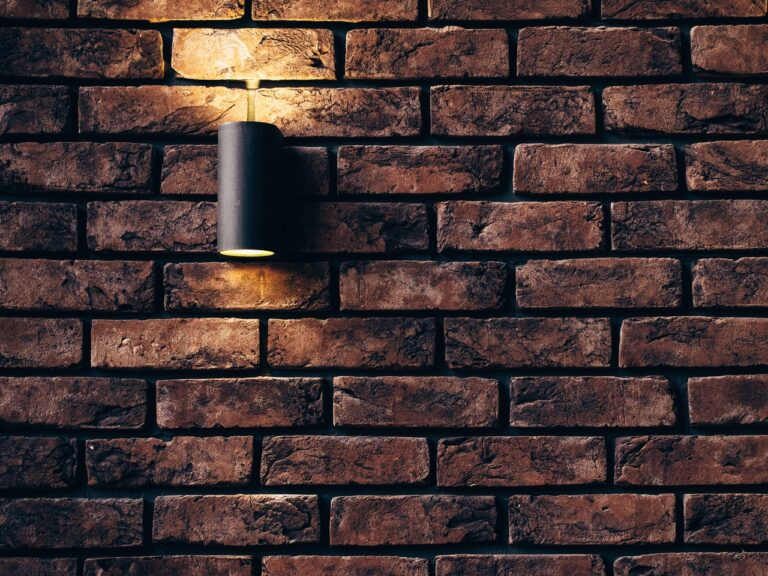
Bricks are like Lego blocks, through innovative thinking and exquisite craftsmanship, they can be combined to form a creative masterpiece. Although the shape of the bricks is very rigid, over time they have been showing different shapes and forming beautiful examples. Today, researchers are working to transform small building materials into sustainable building units.
Wood
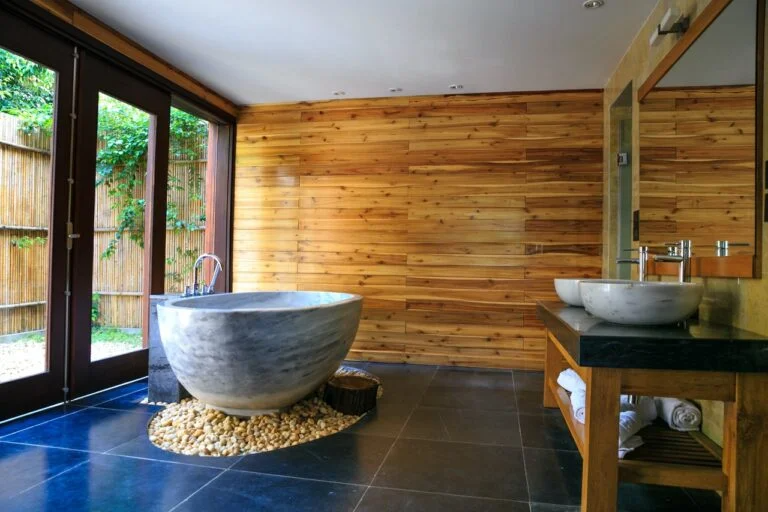
The only renewable modern house design material added to the building not only provides a feeling of warmth but also the joy and comfort shared in the design compared to aesthetics and function. These specific materials can change any space. Its high tensile strength, sound absorption, and other characteristics (such as heat resistance and electrical resistance) make it a special material used in modern house design.
Glass

The modern house design material used to achieve transparency and light, glass, is the most common facade element, providing visibility and protection from weather changes. Mies van der Rohe’s Farnsworth House and Phillip Johnson’s Glasshouse architectural samples proved that the scope of application of glass as a building material is reasonable. Researchers have been able to develop glass with a lower U value, which is a high thermal insulation performance that can adapt to the environment and help reduce the energy requirements of buildings.